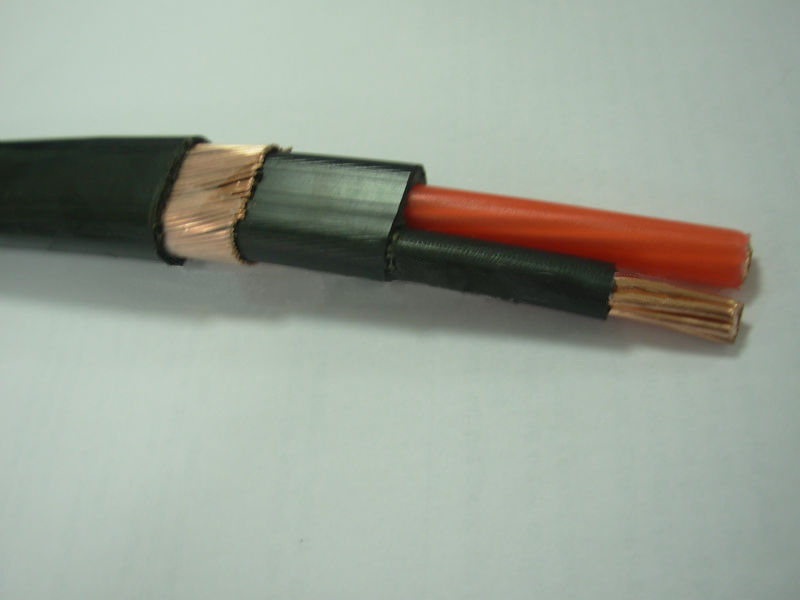The fan Angle needs to be adjusted by the yaw driver according to the wind direction. Power, control and communication cables bend along the horizontal axis or rotate along the vertical axis. This makes the torsional flexure more demanding and requires more attention. Although there are currently no standards or regulations regarding torsional flexure, end users generally seek to have the cable tested in some way before it is put into service.
The following is a general test method used by end users in the cable industry.
(1) Torsional stress test of a single cable at low temperature (-40℃) :
The top of a 10-meter long vertical suspension cable sample is secured, and the bottom is bound to a rotating device. First, turn the cable clockwise 4 times (+1440o), then counterclockwise 4 times to return it to its original position. Then turn the cable counterclockwise 4 times (-1440o) and clockwise 4 times to return it to its original position. The whole process was repeated 5,000 times to simulate 20 years of use. If the cable is not broken or cracked after 5 minutes at 2.5U0, the cable passes the test.
Note: U0 can be 600, 1000, or 2000V depending on the voltage class of the cable.

(2) Torsional stress test of a bundle of cables
The test procedure is the same as (1) except that the cable bundles are replaced.
Wind turbines operate in harsh environments, which generally have a wide temperature range (about -40℃ to 50℃) and are exposed to extremely strong ultraviolet radiation. Therefore, to achieve the expected service life, the special cable used needs to be able to withstand the low temperature of -40℃ and can resist ultraviolet radiation. For the moving parts in the fan, the cable should have excellent torsion and bending flexibility, and have a small bending radius. Cables also need to be resistant to fuel, refrigerant, oil, corrosive chemicals and wear. If the wind field is onshore or offshore, the cables must also be resistant to erosion by highly saline water. For safety reasons, in addition to the above requirements, the cable is also required to be flame retardant. In some cases, other properties such as low smoke, zero halogen (LSZH) materials, and EMI protection are also required.
